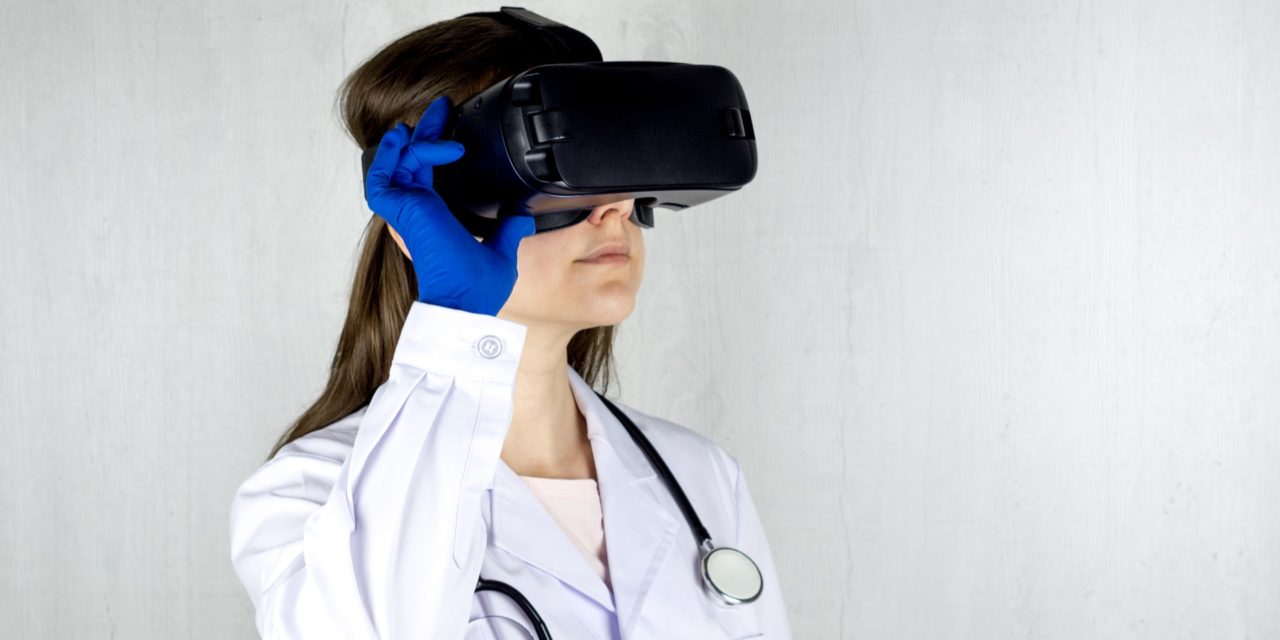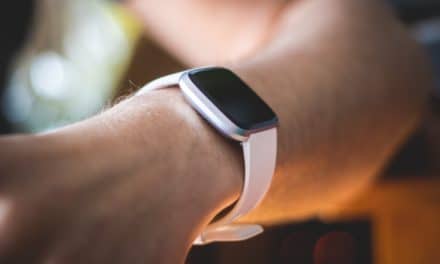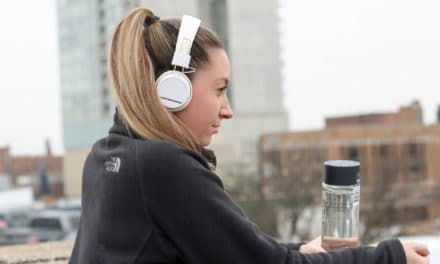[ad_1]
Technology often gets a bit of a bad reputation where mental and physical wellbeing is concerned. What with squinting at our phones screens, staring at the TV, hunching over our laptops and being exposed to unnatural indoor lighting all day, it's no wonder we tend to think of technology negatively impacting our physical and mental health.
However, as well as the bad impacts of technology, there are lots of new technologies out there that have emerged to help us look after ourselves more. In particular, in this article I want to focus on 5 technologies that anyone can use to meditate or practise yoga at home.
It's widely accepted that both yoga and meditation are excellent for reducing stress and anxiety, and for generally helping us to be relaxed and more positive. Just focusing on our breath and body in the present for even a short length of time – whether 5 minutes or an hour – is enough to calm our minds and rid ourselves of all of the thoughts whizzing around our heads in today's modern world. Yoga is also excellent for building core body strength and physical flexibility, which is especially good if, like me, you suffer from back pain and stiffness.
Often, the problem with meditating and doing yoga is actually finding the time and motivation to get started. For some people, it's also having the confidence to give it a go – especially actually going to a class where you might think that people will be judgemental or just plain better than you.
The 5 technologies can help anyone to get the best out of doing yoga and meditation at home.
1) Practise “Stop, Breathe, Think” with Amazon Alexa
Amazon's voice-controlled smart home assistant is called Alexa. There are many different devices available now that Amazon has launched featuring Alexa. They include the Amazon Echo (a larger speaker for playing music) and the Amazon dot, which is a smaller version without the large speaker but can still hear you and respond to commands. Alexa has thousands of different useful skills which can be activated just with a voice command. There is a whole section of skills in the Health & Fitness category, one of which is the “Stop, Breathe, Think” skill. You can say “Alexa, open Stop, Breathe, Think” and one of various meditation routines will be activated. The calm and relaxing voice will lead you through a guided meditation as opposed to you trying to clear your busy mind alone in a silent room.
2) Stream yoga classes at home with Yogaia
Armed with just a laptop or tablet and some decent Wi-Fi, you can now stream live yoga classes from home. The benefit of this service which is available for a monthly fee (that is cheaper than a lot of single yoga classes) is that you get the best of both worlds. You get the combined convenience of following a video at home with the ability to have a teacher watch your technique when participating in a class.
3) Achieve the right ambiance with smart lighting
The problem with traditional indoor lighting has always been how harsh it is. Incandescent bulbs trick our bodies into thinking it's time to be alert and active. Great when you're trying to concentrate on work, not so good if you're trying to chill out! Candles are great, but can be an effort to set up and a potential safety hazard indoors. Now with smart lights, you can control your lighting to be a more relaxing sunset colour when you're trying to do yoga or meditate, or when you're trying to sleep. You can have them automated to change at a certain time, use a remote, or even control them with your voice using a smart assistant like the Amazon Alexa or Google Home.
4) Download the Headspace app
This app is available on Apple or Android and offers a multitude of ways to practise meditation and mindfulness at home (or wherever you happen to be in fact). The app has a free 10 day mindfulness programme called “Take 10”. After that, there's a subscription fee to access lots of guided and unguided practices. Headspace also shares the love by donating a free subscription to someone in need for every person who pays.
5) Invest in an essential oils diffuser
Yoga and meditation are all about breathing, so why not make sure the air you breathe is also helping to enhance your mental and physical wellbeing? Essential oils are known to trigger the receptors of your brain responsible for controlling emotions, and one of the most effective ways of using them is in an electronic diffuser. It uses innovative ultrasound technology to emit the oils in a powerful mist that will fill the whole room with scent that can help you get the best from your yoga or mediation practice.
I hope using these 5 technologies will help you to get the best out of yoga and meditation to improve your wellbeing without having to leave the house!
[ad_2]
Source by Amy M Lauder






